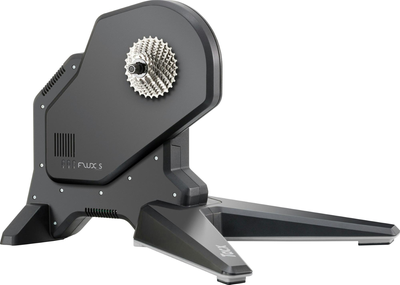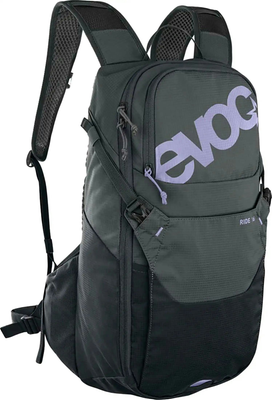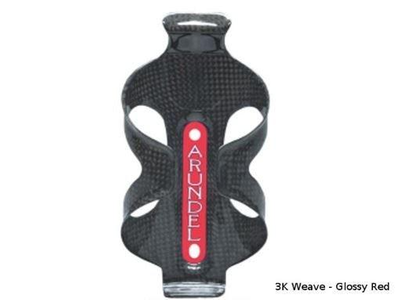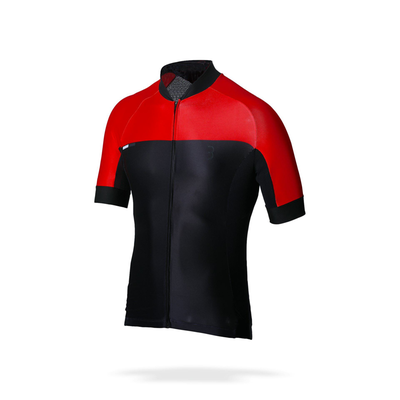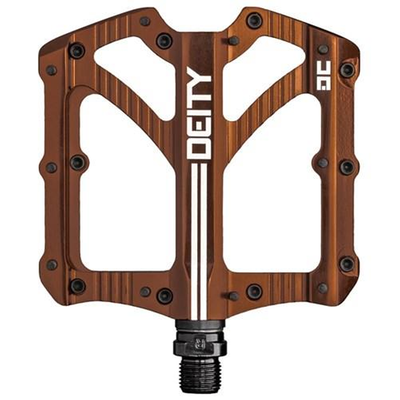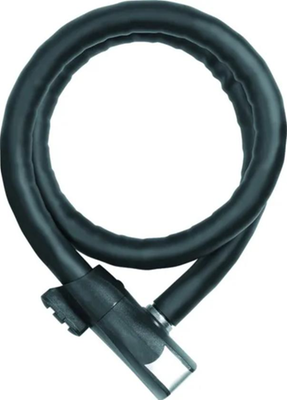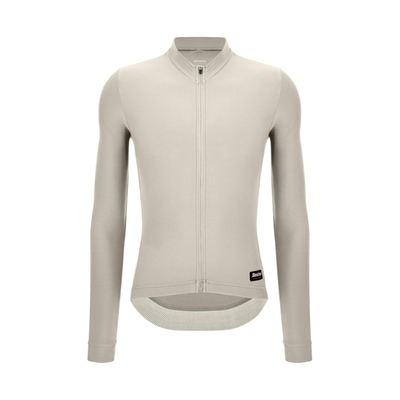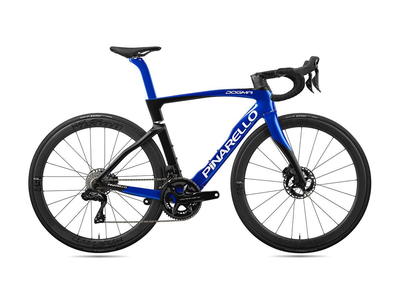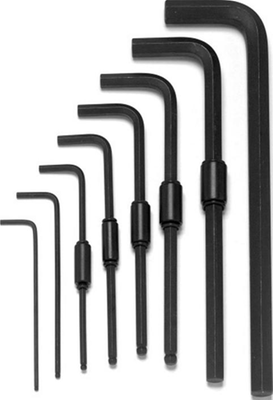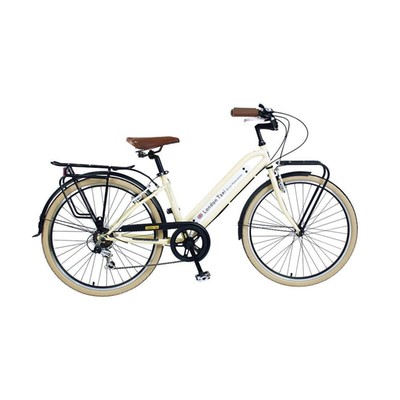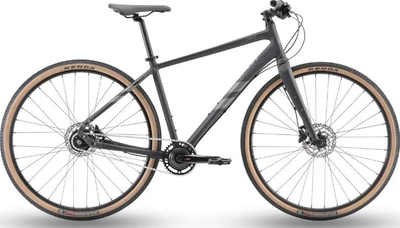E-Bike Motors and Batteries
The Ultimate Guide to E-Bike Motors and Batteries: Understanding Torque, Capacity, and Performance
E-bikes are revolutionizing the way we commute, exercise, and explore the world around us. Central to this revolution are the motors and batteries that power these innovative machines. In this comprehensive guide, we’ll break down the essentials of e-bike motors and batteries, explain key metrics like torque (Nm) and battery capacity (Wh), and discuss what these mean for your e-bike's performance.
E-Bike Motors: The Heart of the Ride
The motor is the powerhouse of your e-bike, providing the assistance that makes riding easier and more enjoyable. Understanding the different types of motors and their key metrics can help you choose the best e-bike for your needs.
Types of E-Bike Motors:
Hub Motors:
Located in the wheel hub, these motors are common in many e-bikes due to their simplicity and reliability. They provide a smooth and consistent power boost.
Mid-Drive Motors:
Positioned near the bike’s bottom bracket, mid-drive motors offer better weight distribution and efficiency, especially on hilly terrain. They deliver power through the bike’s chain, allowing for better use of the bike’s gears.
Key Motor Metrics:
Torque (Nm):
Torque, measured in Newton meters (Nm), indicates the rotational force of the motor. Higher torque means better acceleration and climbing ability. For example, a motor with 70 Nm of torque will provide strong, responsive power, making it ideal for steep hills and quick starts.
Power (W):
Motor power is measured in watts (W) and indicates the overall power output. Common e-bike motors range from 250W to 750W. Higher wattage motors provide more power, which can translate to faster speeds and better performance on challenging terrain.
Popular Motor Brands:
Bosch:
Known for their reliability and performance, Bosch motors offer a range of options from the powerful Performance Line CX to the versatile Active Line.
Shimano:
Shimano’s mid-drive systems are celebrated for their smooth integration and natural riding feel.
Brose:
Brose motors are praised for their quiet operation and strong performance, making them a popular choice for high-end e-bikes.
E-Bike Batteries: The Fuel Tank
The battery is the energy source of your e-bike, determining how far you can ride on a single charge. Understanding battery capacity and other key metrics is crucial for selecting an e-bike that meets your range and performance needs.
Key Battery Metrics:
Battery Capacity (Wh):
Battery capacity, measured in watt-hours (Wh), indicates the amount of energy stored in the battery. Higher capacity means a longer range. For example, a 500 Wh battery can typically provide a range of 50 to 100 miles, depending on factors like terrain, rider weight, and assist level.
Voltage (V) and Amp-Hours (Ah):
Voltage (V) indicates the electric potential, while amp-hours (Ah) measure the battery’s storage capacity. Multiplying voltage by amp-hours gives you watt-hours (Wh). For instance, a 36V battery with 14Ah has a capacity of 504Wh.
Battery Performance Factors:
Range:
The range of an e-bike depends on battery capacity, terrain, rider weight, and assist level. Manufacturers often provide estimated ranges, but real-world performance can vary.
Charging Time:
Charging times vary depending on the battery capacity and charger. A typical e-bike battery can take anywhere from 3 to 6 hours to fully charge.
Lifespan:
E-bike batteries are designed to last for several years, with most providing around 500 to 1000 charge cycles before their capacity starts to degrade significantly.
Popular Battery Brands:
Bosch:
Bosch batteries are known for their reliability, longevity, and excellent energy density, providing a good balance of range and weight.
Shimano:
Shimano batteries are designed to integrate seamlessly with their Steps motor systems, offering consistent performance and long life.
Samsung and Panasonic:
These brands provide high-quality cells used by many e-bike manufacturers, ensuring reliable performance and safety.
What Do These Metrics Mean for Performance?
Torque (Nm):
High torque is essential for riders who frequently tackle steep hills or require quick acceleration from a standstill. If you plan to use your e-bike in hilly areas or need strong assistance, look for a motor with higher torque.
Battery Capacity (Wh):
If you’re planning long rides or commutes, a higher-capacity battery will provide the necessary range. Consider your typical riding distance and choose a battery that can comfortably cover your needs without frequent recharging.
Power (W):
While higher power can mean better performance, it also often means higher energy consumption. Balancing power and efficiency is key to maximizing your e-bike’s range and performance.
Choosing the Right E-Bike for You
When selecting an e-bike, consider your riding style, terrain, and usage patterns. If you prioritize speed and power, a high-torque motor with a robust battery will suit your needs. For long-distance commuting, focus on battery capacity and efficiency.
At BikeExchange, we offer a wide selection of e-bikes equipped with top-quality motors and batteries. Explore our range and find the perfect e-bike to enhance your ride today!




